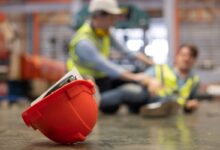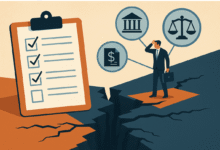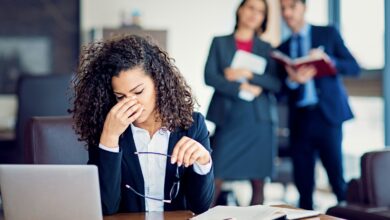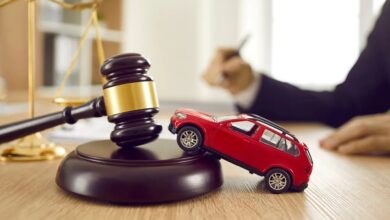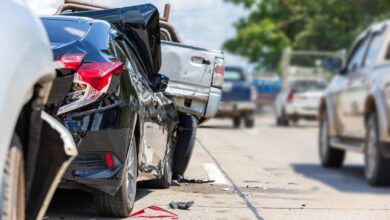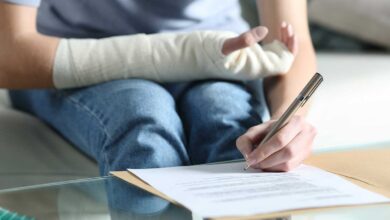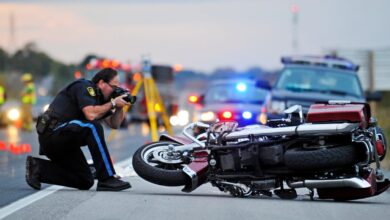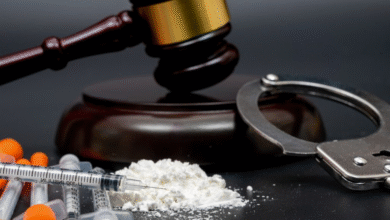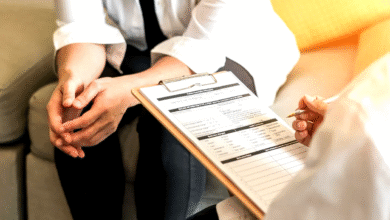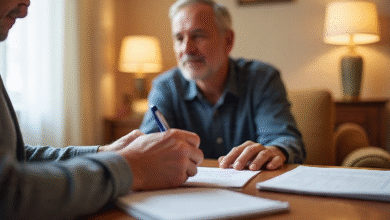How to Prove Fault in a Slip and Fall Injury Case
Injured in a Bonita Springs slip and fall? Learn how to prove fault, protect your rights, and pursue compensation with legal guidance.

Bonita Springs, Florida, with its bustling shopping centers like Coconut Point and Promenade at Bonita Bay, sees numerous slip and fall incidents annually. The combination of Florida’s frequent rain showers, wet surfaces from pool areas, and high foot traffic in retail establishments creates conditions where these accidents commonly occur. According to the National Floor Safety Institute, falls account for over 8 million emergency room visits each year, making them the leading cause of visits to emergency departments.
When a slip and fall incident leaves you with serious injuries, you have to deal with unexpected pain and bills that will follow. Knowing how to prove fault in these cases is essential for obtaining the compensation you deserve. If you’ve been injured in such an accident, consulting with a lawyer for slip and fall cases can provide crucial guidance through this complex legal process. Here is a guide to proving liability in slip and fall injury claims, including information about some important steps that need to be taken and important factors that need to be considered.
Understanding Liability
Slip and fall liability is based on negligence. Property owners have a responsibility to keep their premises safe for visitors. Otherwise, they can be liable if safety issues are not resolved. To prove liability, it is necessary to show that the owner was aware of or should have been aware of the danger and failed to act accordingly.
Documenting the Scene
It is crucial to document the accident scene as soon as possible. It is important to take photos immediately after the incident that will accurately show the conditions. Important facts like lighting, weather conditions, or any warning signs should be captured. They aid in clarifying the circumstances behind the fall.
Witness Testimonies
Witnesses can provide valuable insights. Their statements could corroborate the victim’s story or provide another perspective. Witness information should be obtained quickly. Their testimony can be used to support claims later in negotiations or in court.
Medical Records and Expenses
Medical records are essential to demonstrating the severity of your injuries. You should have records of diagnoses, treatments, and recommended follow-up care. According to the Centers for Disease Control and Prevention, falls result in more than 2.8 million injuries treated in emergency departments annually, highlighting the serious nature of these incidents. A comprehensive record of medical bills can help substantiate the economic element of the claim, including bills and records from physician visits, prescriptions, and therapy treatments.
Proving Negligence
To prove negligence, it must be established that the property owner breached their duty of care. This requires showing that the owner knew or should have known about the hazard. Evidence of prior complaints or incidents can show a pattern of negligence.
Comparative Negligence
In some instances, liability may be more complicated, where a person who has sustained an injury shares some fault. It is in these situations that comparative negligence laws are applied. These laws dictate how compensation is adjusted according to the percentage of fault assigned to both parties. Be sure to know the local laws about comparative negligence.
Legal Assistance
A slip and fall case involves several complexities, and having access to qualified legal assistance can make a huge difference. Personal injury lawyers are skilled at working through the complicated legal processes. They assist in collecting proof, dealing with insurers, and representing the victim in court when needed.
Insurance Company Negotiations
Prepare yourself with adequate information before negotiating with insurance companies. Insurance companies employ adjusters whose main purpose is to pay as little money as they can. The more documentation and proof of damages the victim has, the better their case will be. When negotiating, it can benefit you to know the tactics used by insurers.
Court Proceedings
Where negotiations are unsuccessful, it may mean a legal case needs to be pursued. There are legal procedures that must be followed and evidence that must be presented, and knowing how to do this is key to making an effective case in court. An attorney can help the victim navigate the process and protect their rights.
Emotional and Physical Recovery
Outside of the legal and financial considerations, recovery is important. A slip and fall injury can have lasting effects on your well-being. The first step is to get proper medical attention and follow all medical advice. Physical healing takes time. Family and friends, as well as professionals, can help with the emotional healing process.
Conclusion
Proving fault in a slip and fall injury case requires multiple important steps. From collecting evidence to understanding the legal complications, every step is important to make a successful claim. Focusing on these aspects can help victims get the proper compensation they deserve and move on from their injuries.
